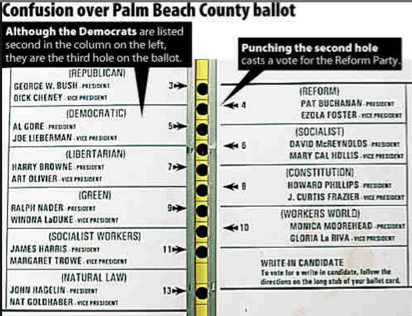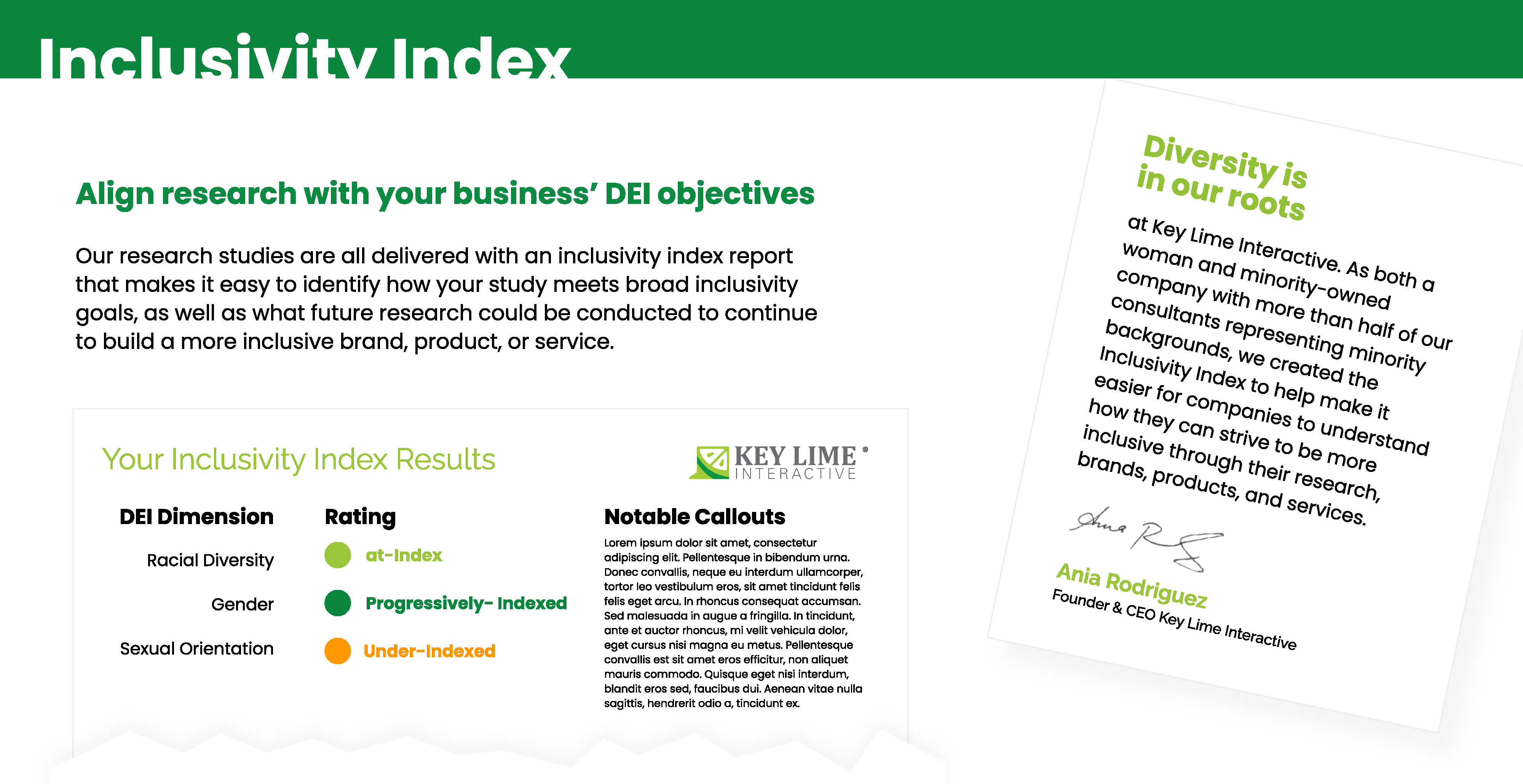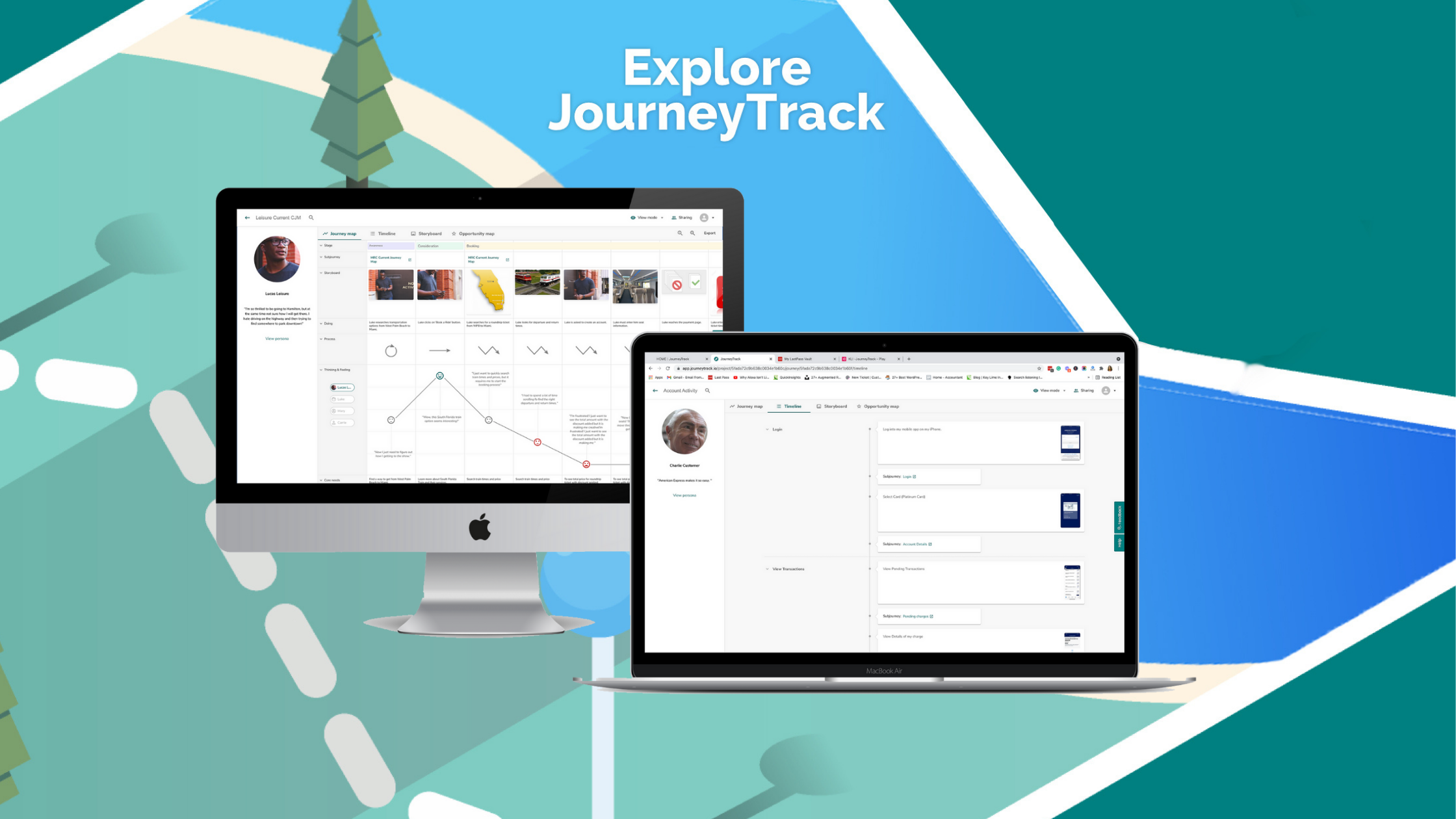
I had the pleasure of attending Elizabeth Rozenweig’s presentation at Big Design this year. As the new year began, I found myself reflecting on her presentation within the context of being more involved in the political process. I believe that unless you’re taking an active role in the democratic process, you can hardly complain about the outcome.
Big Design 2014
Elizabeth Rozenweig
User Experience at Bentley University
The UX of Voting
I think we can all agree (no matter which side of the political aisle we sit) that one of the most poorly designed items in our political system is the voting booth. Elizabeth Rozenweig would make the case that is the MOST important UX issue of modern times. It directly impacts election results and has the ability to set our nation on a particular path affecting millions of people.
You might be surprised to learn that the concept of UI design for voting machines and paper ballots is a relatively new concept. Our universities and political think tanks have studied voter intent since the 1940’s but there is a huge gap between an intent survey and actual behavior in the voting booth. How many of us have witnessed a respondent self-report one thing but then act in a completely different way? All of us.
The study of UX in the voting booth began in 2000 with now infamous Presidential Election. It was the defining moment in UX design for voting. Between the extremely close count and the ballot design, it made us all acutely aware of just how much your vote DOES matter. It even sparked a research paper from the folks at Berkley Law.
The Butterfly Did it: The Aberrant Vote for Buchanan in Palm Beach County, Florida
We all remember the Butterfly ballot and the challenges surrounding Punch Card Ballots. These ballots make it very easy to over or under vote. Voters aren’t sure if the punch point lines up with the right candidate or even if the punch went all the way through the paper ensuring a count. The voter has no concept if they spoiled their own vote.
Example of confusing Punch Card Ballot:

So what is happening in Voter UX? What steps are we taking, as a community, to ensure a better voting experience?
There is now an entire area of academia and beyond dedicated to the UX design of voting systems. We even passed a law to address some of the challenges discovered on 2000. The Help America Vote Act of 2002 was created to address many challenges facing the voting infrastructure including ballot design.
Two educational powerhouses joined forces and created the MIT CalTech Voting Technology project specifically to address the issues uncovered in the 2000 Presidential Election.
They host an annual conference where e-voting professionals can gather and discuss best practices. These organizations take a research approach built on to the cognitive human factors that influence voter intent and cognitive load.
As I make my resolutions for 2015, I feel sense of professional civic responsibility in this area. As UX researchers and designers, I think this is one of the most important ways we can have a positive impact in the world. How can you help?
- Join the Center for Civic Design, a non-profit group dedicated to ensuring voter internet through design.
- Read the articles at CalTech MIT and become an advocate of UX design in voting
- Consider becoming a poll worker and documenting what you see from a research user-centered perspective
View Elizabeth’s presentation here:
http://www.slideshare.net/ElizabethRosenzweig/ux-of-voting










Comments
Add Comment